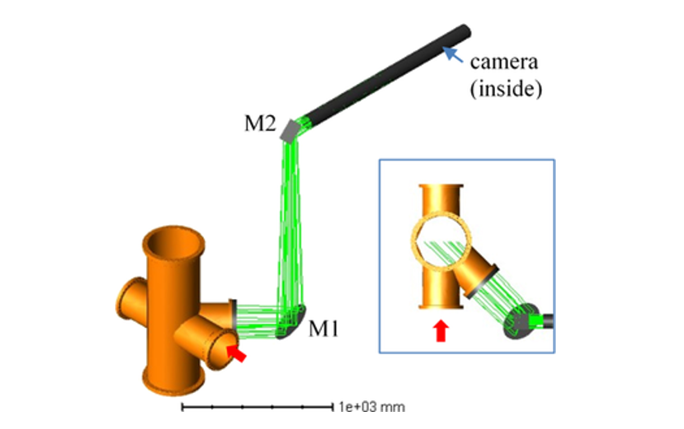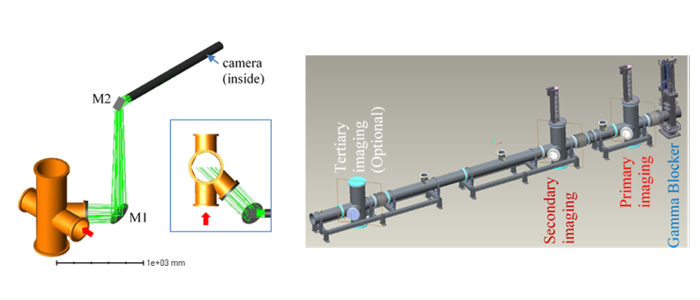New ESS Paper by QUASAR Group member published

QUASAR fellow Mark Ibison has had an article published in the journal Nuclear Instruments and Methods in Physics Research (NIM-A). It describes the work which was Mark’s responsibility as part of a team developing a proton beam imaging system for the tuning dump of the European Spallation Source (ESS). The ESS will be the world’s most powerful source of neutrons for research when it starts up for users in 2023.
Working with a group led by Professor Erik Adli of the University of Oslo, Mark used the computer code FLUKA to calculate the radiation levels expected in the vicinity of the beam dump to assess the effect on sensitive components; he also used the optics code ZEMAX to predict the quality of the images obtained. This system will produce pictures of the beam using the visible light emitted when the protons pass through scintillating screens. A series of mirrors enables cameras, protected from beam radiation, to capture some of this light. The images will help operators during tuning of the linear accelerator and will also provide a check that the beam will not be damaging to the dump itself, which must safely absorb its energy in the form of heat. After testing at Daresbury Laboratory and in Oslo, the components of the system, including the vacuum vessel and screen motion controllers, will be shipped for assembly at the ESS site in Lund, Sweden.

The figure on the left shows the path of light from the screen within the vacuum vessel to the camera inside a hole bored in the tunnel shielding; and the figure on the right shows the locations of the imaging stations near the end of the dump beam line, with the dump itself being situated to the right of the picture.
Link to article:
https://www.sciencedirect.com/science/article/pii/S0168900219312355